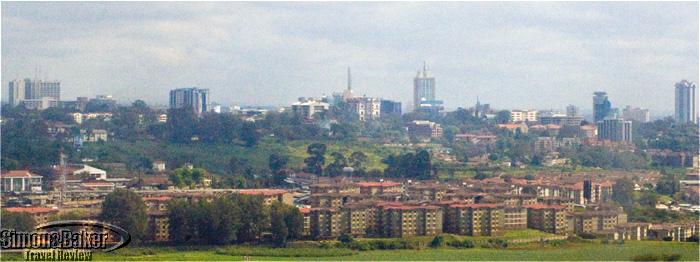
by Editor | Nov 1, 2008 | Africa, Kenya, Simon and Baker Travel Review
Kenya is a land of contrasts; a mosaic of cultures developed through millennia of rich history, scattered throughout a 225,000 square mile area (582,650 square kilometer; roughly the size of Texas), with a population of 38 million representing over a dozen main tribal groups. Many have retained their ancestral traditions from the Swahili sailing their ancient dhows along the coastal waters of the Indian Ocean to the Masai still herding their cattle across the wide open spaces of the southwest of the country. The topography of the land is equally varied and offers some of the most stunning landscapes in Africa. The country sits astride the equator on the eastern coast of Africa. From a 333 mile (536 kilometer) coastline of tropical beaches melting into the Indian Ocean it rises toward the west to the mile-high plateau of Nairobi and central highlands culminating at the snow-capped peak of Mount Kenya, 17,058 feet (5,200 meters) above sea level. Further west, the land slopes down again toward Uganda, Lake Victoria and Tanzania to the south, to become arid red-dust plains and sun-baked savannah teaming with some of the most spectacular wildlife in the world.
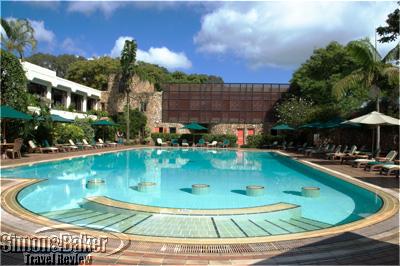
by Editor | Nov 1, 2008 | Africa, Kenya, Nairobi, Simon and Baker Travel Review
Nairobi was the last stop on my recent Kenya itinerary. After two weeks in the glorious isolation of remote bush camps, I wanted to ease back into the modern world before boarding the long flight home. The Nairobi Serena Hotel proved to be the ideal retreat for my transition. Located at the edge of the city’s Central Park and surrounded by its own lush tropical gardens, the Nairobi Serena offered an oasis of serenity in the heart of Africa’s fourth largest, and one of its most vibrant, cities.
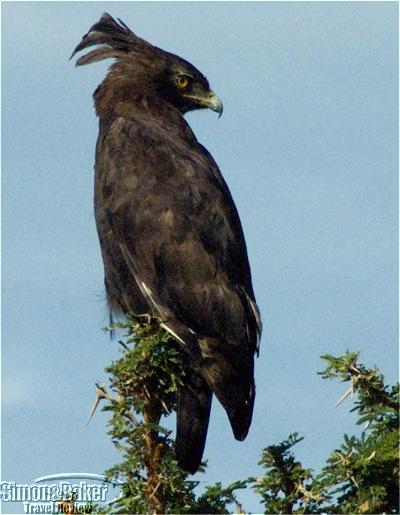
by Editor | Nov 1, 2008 | Africa, Kenya, Masai Mara, Simon and Baker Travel Review
Porini Lion Camp far exceeded any promise its name may have implied! Lions? I had little doubt there’d be lions. The camp was located in the Olare Orok Conservancy, a 23,000 acre (9,000 hectare) private game reserve on the northwest boundary of the Masai Mara National Reserve, which is reputed for its lions. But even at my most optimistic, I hadn’t expected an entire pride of lions, 17 in all, to materialize in the savannah grass 10 minutes into my first game drive! They were rousing from their afternoon siesta, feigning nonchalance as they began to focus on an approaching herd of zebras. I was able to observe the team effort of their stalking process and the zebra’s ultimate narrow escape. We moved on, only to stop again instants later at the edge of a clearing were a breeding herd of elephants was feeding. I was privileged to observe a newborn elephant calf’s first unsteady steps, and its efforts to figure what to do with its unwieldy nasal appendage in its awkward attempt to suckle. A few feet away, its sturdier week-old cousin was trying to uproot a twig, before loosing interest and taking off, puppy-like, in hot pursuit of a bird. By sundown, without leaving the conservancy, we had also sighted buffalos and a leopard for four of the Big Five! We viewed the “fifth’” at close range early the next morning. Shortly after we crossed the boundary of the Masai Mara National Reserve we happened onto a pair of black rhinos engaged in their courtship ritual. But even this exciting sighting was soon overshadowed by a cheetah and her three young cubs enthusiastically tucking into their impala breakfast.
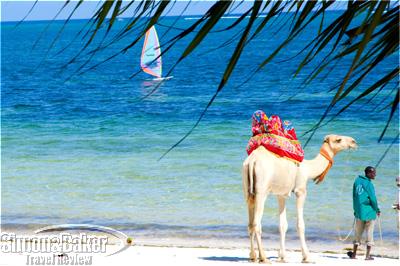
by Editor | Oct 1, 2008 | Africa, Kenya, Kenya Coast, Simon and Baker Travel Review
Inspired by the rich architectural tradition of the East African coast, the Serena Beach Hotel stretched along the Indian Ocean shoreline with the exotic appeal of an ancient Swahili town. The property was divided into picturesque clusters of whitewashed two- and three-story buildings, with a central core of elegant public spaces. The reception hall set the mood. Its intricately carved portal led into a cool soaring foyer with lush oriental rugs scattered about the gleaming stone floor. To the left of the entrance the wall behind the long marble-topped reception desk was covered with rows upon rows of letterbox-shaped slots, exact replicas of those found in the harems of Swahili homes until the 19 th century. Now, they made unusual key receptacles. On both sides of the hall, tall pillars led the eye to the far end of the building and the low staircase rising to a landing with a panoramic view of the sun-washed terraces and galleried lounges facing the palm-shaded beach and the cerulean blue sea beyond.
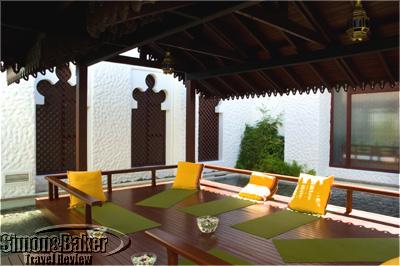
by Editor | Oct 1, 2008 | Africa, Kenya, Kenya Coast, Simon and Baker Travel Review
The pundit who declared that “happiness is a journey, not a destination” probably was not thinking of a twenty-four hour trip across two continents in airplanes booked to capacity; and clearly had never experienced the Maisha Spa upon arrival. That is precisely what I did on a recent visit to Kenya: no sooner had I settled into the Mombasa Serena Beach Hotel that I headed for its spa.





